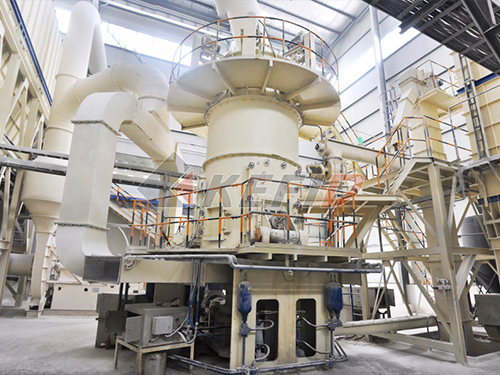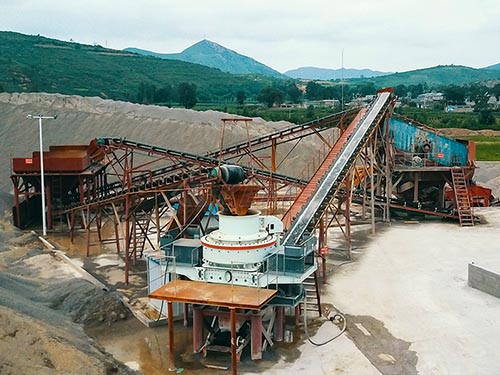A Secondary Impact Crusher is a type of crushing machine used in aggregate production, recycling, and mining operations to reduce the size of materials after primary crushing. It is designed to handle softer to medium-hard materials (e.g., limestone, asphalt, concrete, demolition waste) and produce a more uniform, cubical end product compared to primary crushers.

Key Features of a Secondary Impact Crusher:
1. Purpose:
– Further reduces material size after primary crushing (e.g., jaw or gyratory crusher).
– Ideal for producing high-quality, well-shaped aggregates for construction (roads, concrete).
2. Working Principle:
– Uses high-speed impact forces (rotor with hammers/blow bars) to break materials.
– Material is fed into the crushing chamber and struck by rotating blow bars before being thrown against impact aprons/liners for additional fragmentation.
3. Advantages:
– Produces a more uniform, cubical product (better for asphalt and concrete).
– Higher reduction ratio than cone crushers in certain applications.
– Adjustable output size via hydraulic or mechanical settings.
– Handles moderately abrasive materials efficiently.
4. Disadvantages:
– Higher wear on blow bars compared to compression crushers (e.g., cone crushers).
– Not ideal for very hard or highly abrasive materials (e.g., granite).
5. Common Applications:
– Crushing limestone, recycled concrete, asphalt, and demolition debris.
– Aggregate production for road base, railroad ballast, and construction fill.
6. Types of Secondary Impact Crushers:
– Horizontal Shaft Impactors (HSI): Most common for secondary crushing; material is fed horizontally into the rotor.
– V

ical Shaft Impactors (VSI): Used for shaping and fine crushing (more common in tertiary stages).
Comparison with Other Crushers:
| Feature | Secondary Impact Crusher | Cone Crusher | Jaw Crusher |
||-|–|-|
| Crushing Method | Impact force | Compression | Compression |
| Output Shape | Cubical | Flaky/Elongated | Variable |
| Wear & Cost | Higher wear on blow bars | Lower wear parts | Moderate wear |
| Best
Leave a Reply